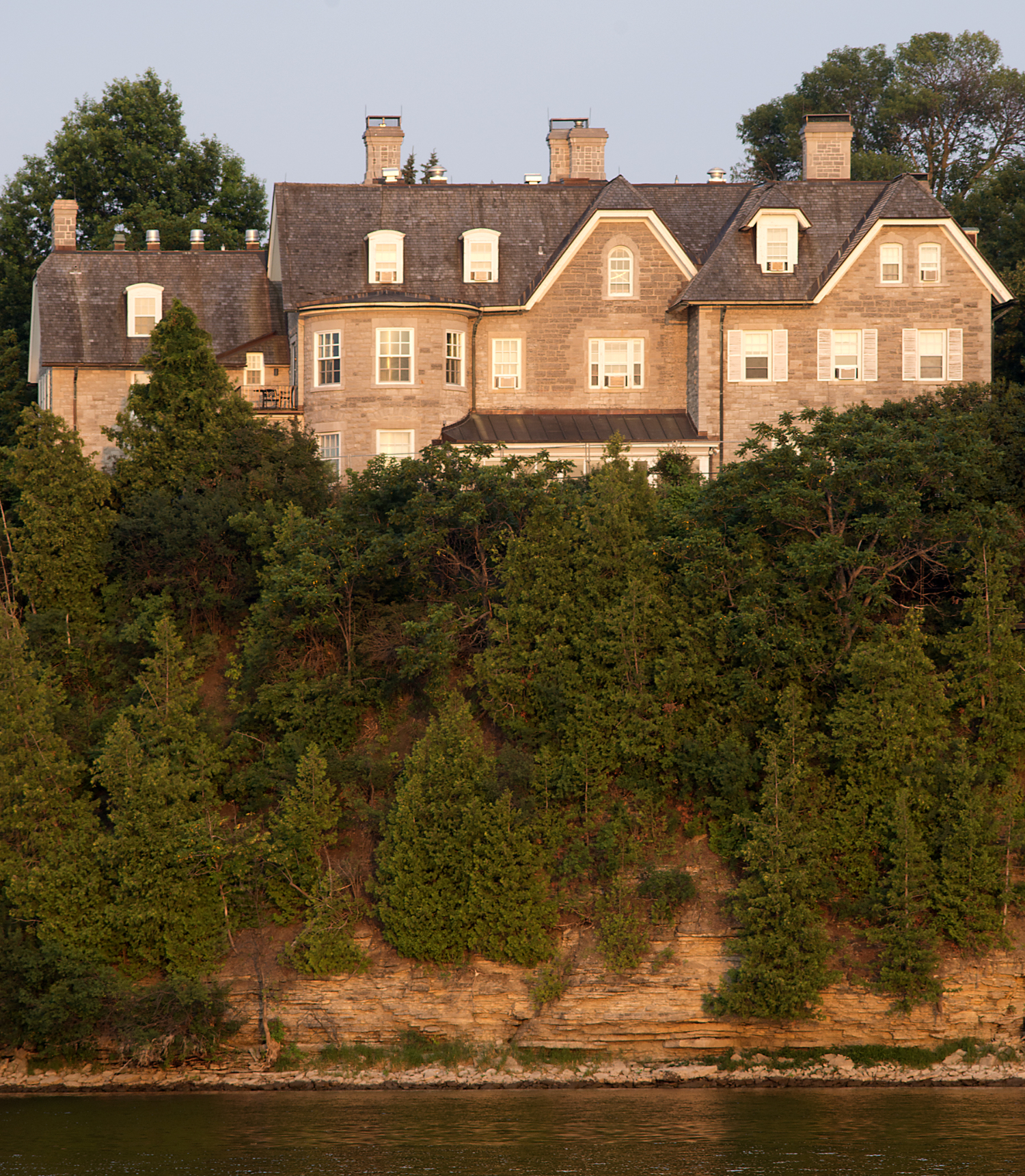24 Sussex Drive: Why It Matters Part 2

Last week, I examined the strange (and untenable) claim that 24 Sussex Drive was not a historically important building. Another argument put forward in favour of its demolition runs roughly as follows:
24 Sussex is a relic from the nation’s past. We should demolish it and replace it with something new, something symbolic of what Canada is today. Something modern, sustainable and inclusive. A house that shows what we’re capable of and what our present-day values are.
At first glance, this argument may seem more compelling. Who wouldn’t want the Prime Minister’s official residence to say something relevant about us as a nation? If there’s one house in the entire country that needs to embody some kind of symbolic meaning, surely it’s this one. And how can a building built when Canada was barely a country do that?
On closer examination, though, this argument also collapses. On what grounds does the 21st century claim the authority to be the sole curator of the nation’s ‘authentic’ meaning, values, and story? There’s a worrying arrogance at work here. One thing I’ve learned from architectural history is that every age believes that it has all the right answers, and every subsequent age rolls its eyes and moves on. An all-new official Prime-Ministerial residence would be simply a snapshot of its own moment in time, just as 24 Sussex is. Except that 24 Sussex, thanks to its age and history, is actually a composite image of several eras.
A more compelling symbolic statement would be made by retaining a building with deep historical roots, and doing whatever is necessary to make it fit for modern purpose. After all, that’s what every nation has to do with its institutions – it’s colloquially known as not throwing the baby out with the bathwater. The result embodies a range of the nation’s histories – not just one story, from one moment in time.
Moreover, if you want a symbolic statement that embraces current values, then resuscitation of 24 Sussex is the only acceptable alternative. The reason is simple: there is no greater challenge facing the country (or the world) today than climate change. And treating buildings like disposable packaging is one of the most environmentally irresponsible things we could do.
This came into sharp focus for me in a conversation I had a couple of years ago with one of the participants in last week’s panel discussion, Marc Denhez. Marc’s point was that while it’s always good to make sure that new buildings are sustainable, the much bigger issue is the millions of buildings already built. We have trillions of dollars tied up in older buildings that rate poorly on sustainability. Even if it were economically possible to replace them all (which it obviously isn’t), It would be grossly irresponsible, both environmentally and culturally, to demolish them. If we really want to make a dent on climate change, then the biggest architectural challenge we face is not how to build LEED-certified structures. It’s how to retrofit improved sustainability onto the vast architectural inventory we already have.
Could there be a better symbol of our willingness and ability to tackle this challenge than a renovated, renewed, and newly-greened 24 Sussex Drive? More convincing proof that we understand the problem, take it seriously, and know what to do about it? Fixing 24 Sussex is a generational opportunity to do the right thing, and to show the country (and the world) how to do it. Demolishing it wouldn’t be a solution for the present or the future – it would be a relapse into the fallacies and errors of the past.
Peter Coffman
peter.coffman@carleton.ca
@TweetsCoffman
@petercoffman.bsky.social